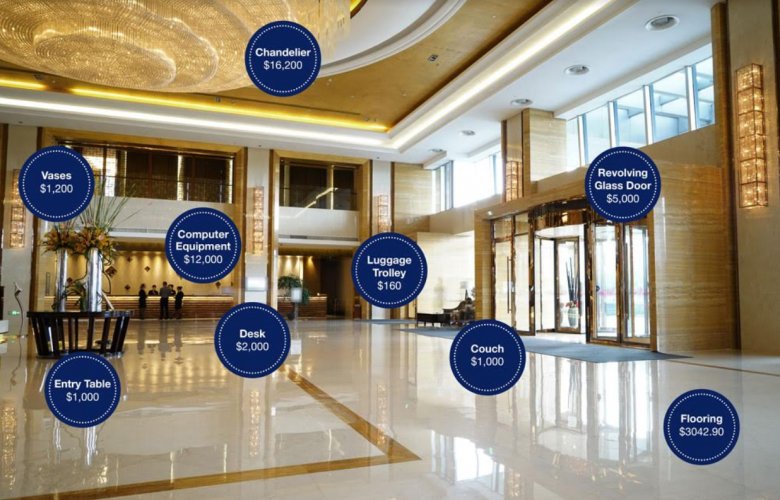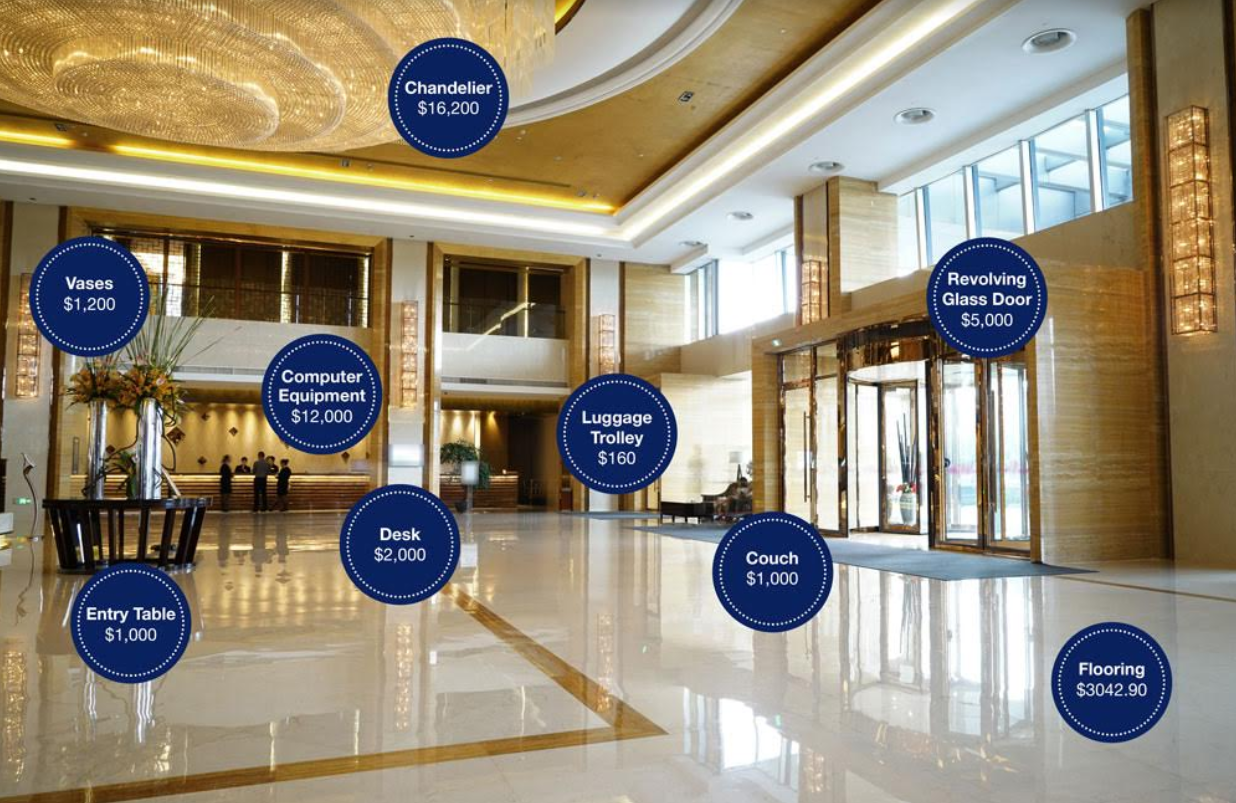See the deductions available in a hotel lobby - BMT Tax Depreciation
Contact
See the deductions available in a hotel lobby - BMT Tax Depreciation
Hoteliers are entitled to claim deductions in the form of depreciation for many of the assets installed during the fit-out of a property, including those commonly found in hotel lobbies.
When you imagine a hotel lobby, a sense of opulence usually comes to mind. Marble floors, chandeliers, comfortable lounges, statement vases and sculptures, beautiful artworks and perhaps even a grand piano.
As it offers the first impression of the property, hoteliers usually put a lot of thought into their hotel lobbies to make a statement. But this doesn’t come cheap.
Even in a lower star hotel, quite a bit of money goes into this room, from computer equipment for guest sign in, to luggage trolleys and lifts. This area of a hotel typically has significant financial outlay and this cost can understandably be daunting for hoteliers. But the good news is that a lot of these fit-out costs can be recouped.
This is thanks to depreciation deductions. As a building gets older and the items within it age, they depreciate in value. The Australian Taxation Office allows commercial building owners and tenants to claim deductions for the wear and tear of the structural and fixed items within a property as well as for the easily removable plant and equipment items contained within the property.
As such, hoteliers are entitled to claim deductions in the form of depreciation for many of the assets installed during the fit-out of a property, including those commonly found in hotel lobbies. The above infographic highlights the first-year deductions available for selected assets in a hotel lobby.
As you can see, in the first full financial year of claiming depreciation the hotelier in this specific example can claim $1,200 for the vases, $1,000 for the entry table, $12,000 for computer equipment, $2,000 for the desk, $16,200 for the chandelier, $160 for each individual luggage trolley, $1,000 for the couch, $5,000 for the revolving glass door and $3,042 for the flooring.
This adds up to $41,602 in first year deductions for these selected assets alone. You must also consider the many other assets found in a hotel lobby not highlighted in this picture that would also be eligible for depreciation deductions. This may include security cameras, firefighting equipment, windows, lifts, air conditioning, down lighting, smoke alarms, filing cabinets, rugs and office chairs.
All of these would add up to significantly more deductions in the first full financial year. And we’re still only talking about the first full financial year’s deductions – imagine what these deductions would add up to over the effective life of the property (forty years).
Then think about all the assets in every other room in a hotel and the impressive amount of deductions this would add up to over the life of the property. These deductions certainly do add up and should not be overlooked by hoteliers.
Not only is this a significant source of cash flow, but it can reduce the operational costs of the hotel and help to make these initial outlay costs much more affordable. This is something hoteliers should keep in mind when planning their hotel lobby design, furniture and layout.
To ensure that depreciation deductions are maximised, it is recommended for hoteliers to contact a specialist Quantity Surveyor to arrange a comprehensive tax depreciation schedule, which will outline the deductions available for every eligible asset. To learn more about the depreciation deductions available in a hotel or any commercial property, visit the commercial property depreciation page on the BMT Tax Depreciation website.
Click here to view the official BMT Tax Depreciation website with further information.
See also:
See the depreciation deductions available in a hotel room








